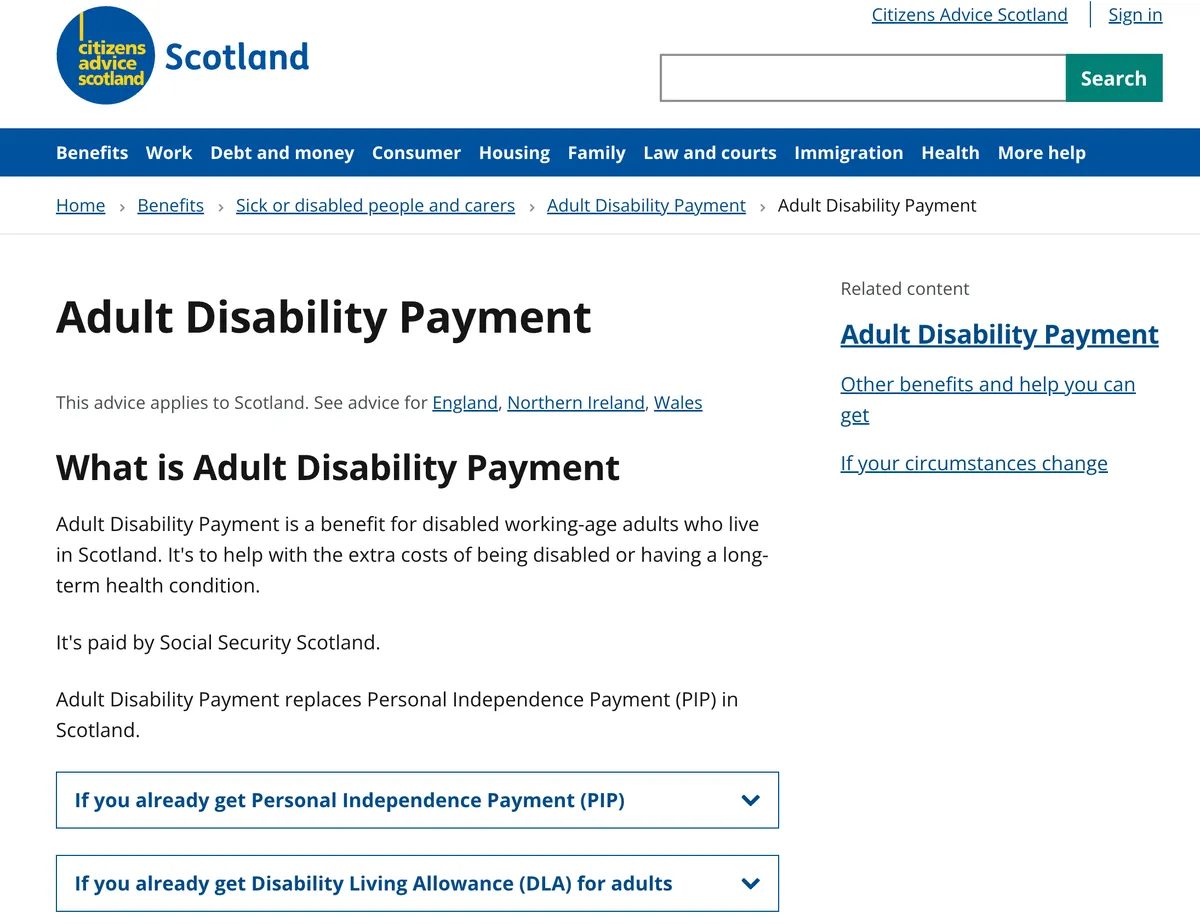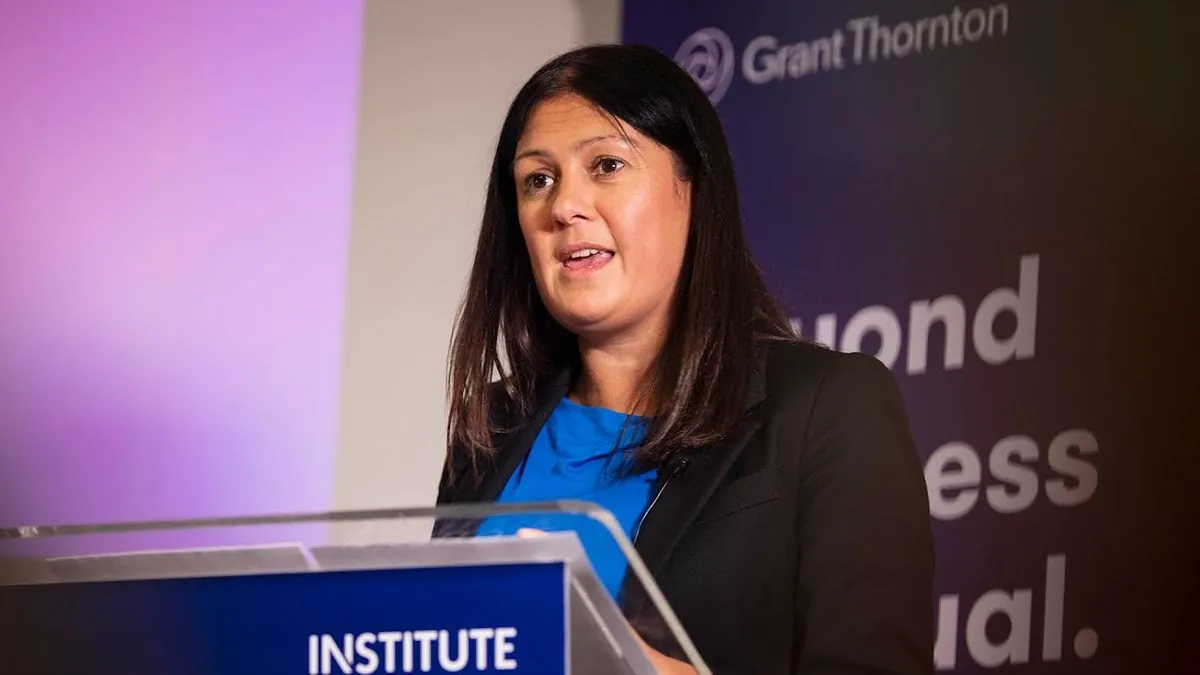Scotland's New Disability Benefits System Triples Successful Claims
Scotland's reformed disability benefits system has led to a significant increase in approved claims, raising concerns about public finance sustainability amidst broader economic challenges.

Scotland's recently implemented disability benefits system, based on a "trust" approach, has resulted in a substantial increase in successful claims. Data indicates that approximately 80,000 new applications for state support were approved in the year leading up to April 2024, along with an additional 8,400 claims granted after reassessment. This represents a nearly threefold increase from the 30,000 approved applications in the 12 months preceding February 2020.
While disability benefit claims have risen across the UK since the pandemic, Scotland has experienced a more rapid surge in successful claims compared to England and Wales. This increase coincides with the Scottish government's reform of the disability benefits system in August 2022.
David Phillips, representing the Institute for Fiscal Studies, noted:
"There is a higher rate of sickness and disability benefit claims in Scotland. What we had been seeing actually for a number of years is that gap [with England and Wales] narrowing. But with the rollout of Scotland's new system, there has been a substantial increase in the number of new claims relative to England and Wales."
The Scottish government's reforms have simplified the application process, requiring only one piece of information from a professional. Applicants can also provide supporting information from friends, carers, and family members.

The new system, designed to be more accessible and less burdensome for claimants, aligns with Scotland's devolved powers and distinct approach to social policy. This reform is part of a broader trend of divergent policies implemented by the Scottish Parliament, established in 1999 as part of the devolution process.
However, the rapid rise in successful claims has raised concerns about the sustainability of Scotland's public finances. The cost of Scotland's Adult Disability Payment was £2 billion in 2022-23 and is projected to double to £4.5 billion by 2028-29, according to the Scottish Fiscal Commission.
These financial pressures come amid wider challenges for Scotland's economy. Recent figures revealed that Scotland's public spending deficit increased to £22.7 billion last year, partly due to declining North Sea oil revenue. This situation has prompted the Scottish government to implement "emergency control measures," effectively halting spending on non-legally obligated activities for the current financial year.
Hannah Randolph from the Fraser of Allander Institute highlighted the connection between economic inactivity and public finances:
"If you have higher inactivity with fewer people working, then you have a smaller tax base. That combines with greater pressures on the health system, which is then more costly. So you have a crunch from both sides."
Scotland's economic inactivity rate stands at 23.1%, compared to 22.2% across the UK. This higher rate of inactivity is intrinsically linked to health issues, posing additional challenges for public finances and healthcare services.
The Scottish government spent £20,418 per person on services, benefits, and other public spending last year, compared to £18,001 across the UK as a whole. This gap has reached a record level, reflecting Scotland's distinct approach to public services and social security.
As Scotland navigates these complex financial and social challenges, it must balance its commitment to a more generous social security system with the need for sustainable public finances. The coming years will likely see increased debate over potential tax increases, spending priorities, and the future direction of Scotland's distinct policy approach within the United Kingdom.


































